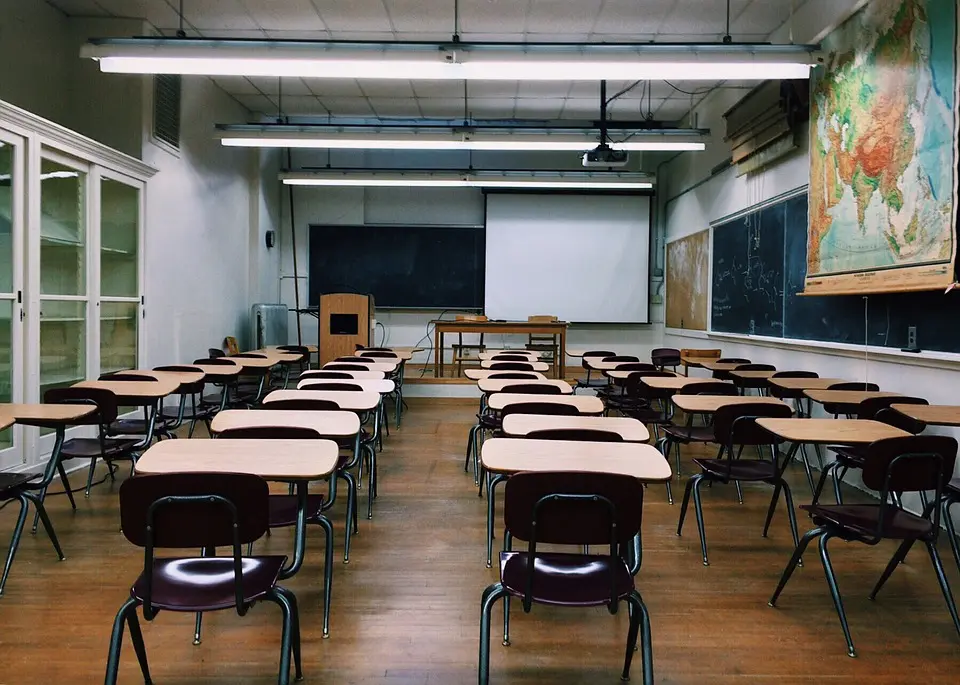Table of Contents
Feb. 3, 2025 | Updated Feb. 19, 2025

A widespread protest against strict immigration policies resulted in a important drop in student attendance across Houston autonomous school districts on Feb. 3. As “A Day Without immigrants” was observed nationwide, nearly 23% of houston ISD students were absent—an anomaly compared to the typical 6% daily absence rate.
Local demonstrations called for an end to policies enforced by President Donald Trump, whose recent executive orders have intensified immigration crackdowns.Latino-owned businesses across the country shuttered their doors in protest,and many Latino parents followed suit by keeping their children home from school. This action came on the heels of a separate rally in West Houston, where thousands gathered to voice opposition to the administration’s new immigration measures.
Attendance records obtained via open records requests revealed that approximately 40,500 of the nearly 176,000 HISD students were absent on Feb.3. Such a drastic reduction in attendance has not only affected the educational process but also ignited local debate over the safety and priority of education for immigrant families.
“What I’m hearing is the fear, the fear of sending their kids to school and being separated,” said Jessica Campos, a dedicated organizer with Community Voices for Public Education and a parent from lanier Middle School.
jessica Campos
Campos continued,emphasizing the gravity of the situation: School is not a priority right now. Families, especially the ones who are undocumented, are scared to send their kids to school as of the fear of deportations.
Her remarks underscore the profound impact of evolving immigration policies on educational participation in communities that already bear the brunt of heightened enforcement.
The protest occurred just two weeks after President Trump was inaugurated for a second term following his 2024 election victory. His return to office marked the swift implementation of several executive orders aimed at reinforcing the deportation of undocumented immigrants, including a controversial decision to lift protective measures in “sensitive places” such as schools and churches.
Subsequent actions further demonstrated the community’s unrest. On Feb. 5, a district-wide “sick-out” organized by Community Voices for Public Education resulted in approximately 15,300 students—8.7% of the student body—staying home. This protest targeted HISD’s state-appointed board of managers and Superintendent Mike Miles, who has introduced sweeping instructional reforms and staffing changes since his appointment by the Texas Education Agency in June 2023.
Wider Implications and recent Developments
The protests in houston resonate with a broader national dialog on immigration reform, educational quality, and community safety. While trump’s policies have drawn criticism for instilling fear among immigrant families, supporters claim that stricter immigration enforcement is necessary to uphold the rule of law. However, the disruption to education and subsequent public disquiet have compelled stakeholders to reexamine existing approaches.
Recent data, such as the report from U.S. News World & Report indicating that 62% of HISD students are latino, further emphasize the vulnerability of these communities. The pattern in Houston mirrors incidents in other U.S. cities where immigrant families, faced with uncertainty and heightened deportation risks, are reevaluating the cost of public education.
Policy analysts point out that while protests may lead to immediate disruptions in classroom learning,they could also serve as a catalyst for long-term policy revisions. For example, school districts nationwide might consider enhanced communication strategies, increased community outreach, and additional security measures to reassure parents in immigrant communities.
the situation in Houston offers several lessons for school administrators across the country. School officials are now tasked with balancing educational mandates while accommodating the legitimate safety concerns of families.Proactive measures—such as establishing clear safe zones, organizing community forums, and partnering with civil rights organizations—could offer more holistic responses to parental fears.
Anticipating Counterarguments and Future Directions
Critics of the protests suggest that such actions disrupt the educational process and place additional burdens on both teachers and students. Moreover, some argue that altering attendance norms may set a precedent that undermines the authority of school districts.However, advocates maintain that when fear overshadows the promise of safe and equitable education, public dissent becomes not only understandable but necessary.
Looking ahead,educators,policymakers,and community organizers must collaborate to address these challenges. Real-world examples from districts that have initiated robust parental engagement programs highlight the potential to turn crisis into prospect by fostering trust and ensuring that every child retains access to safe and uninterrupted education.
Frequently Asked Questions
What led to the sharp decline in Houston school attendance?
The notable drop in attendance occurred during a widespread protest against strict immigration policies, observed as “A Day Without Immigrants.” This led to nearly 23% of Houston ISD students being absent, a major deviation from the typical daily absence rate of 6%.
How manny students were absent on February 3, 2025?
Attendance records indicate that approximately 40,500 out of nearly 176,000 HISD students were absent on that day.
what concerns did immigrant families raise during the protest?
Immigrant families, especially those with undocumented members, were fearful of deportation and separation. This led many parents to keep their children home as a precautionary measure.
Were there any additional actions following the protest?
Yes. On February 5, a district-wide “sick-out” organized by Community Voices for Public Education resulted in approximately 15,300 students, or 8.7% of the student body, staying home, further reflecting the community’s unrest.
What are the wider implications of these attendance disruptions?
The protests have sparked a broader national dialog on immigration reform, educational safety, and community well-being. They highlight the need for school districts to adopt proactive measures—such as enhanced dialogue and community forums—to address safety concerns while ensuring uninterrupted education for all students.


